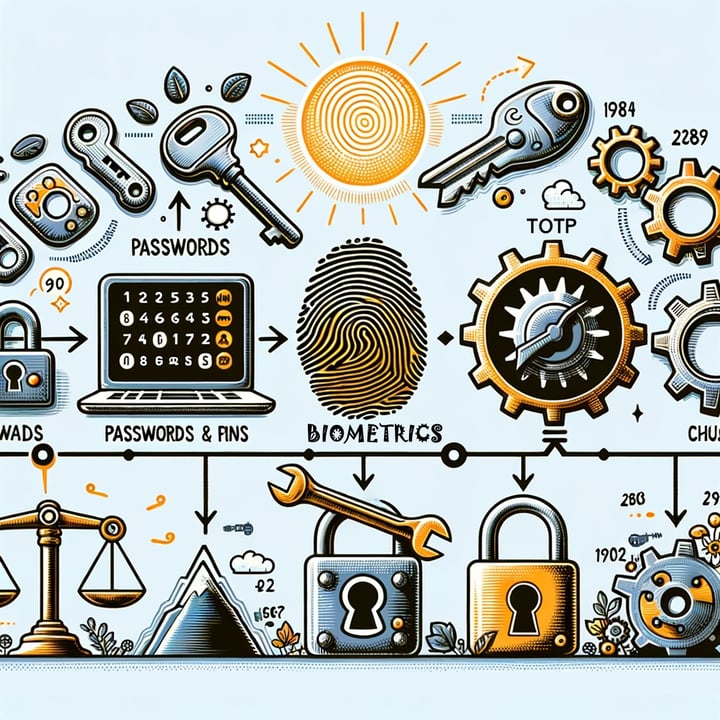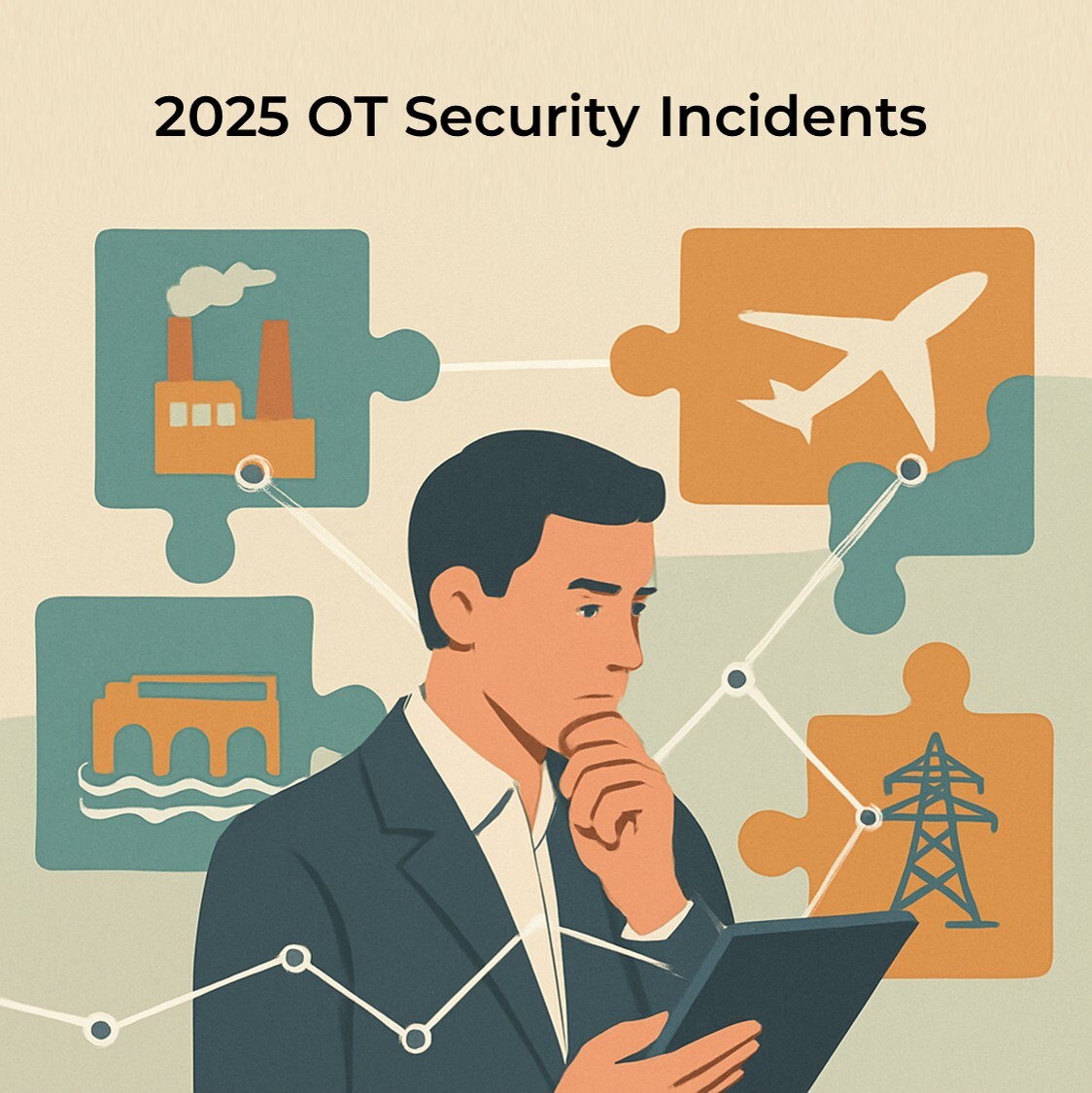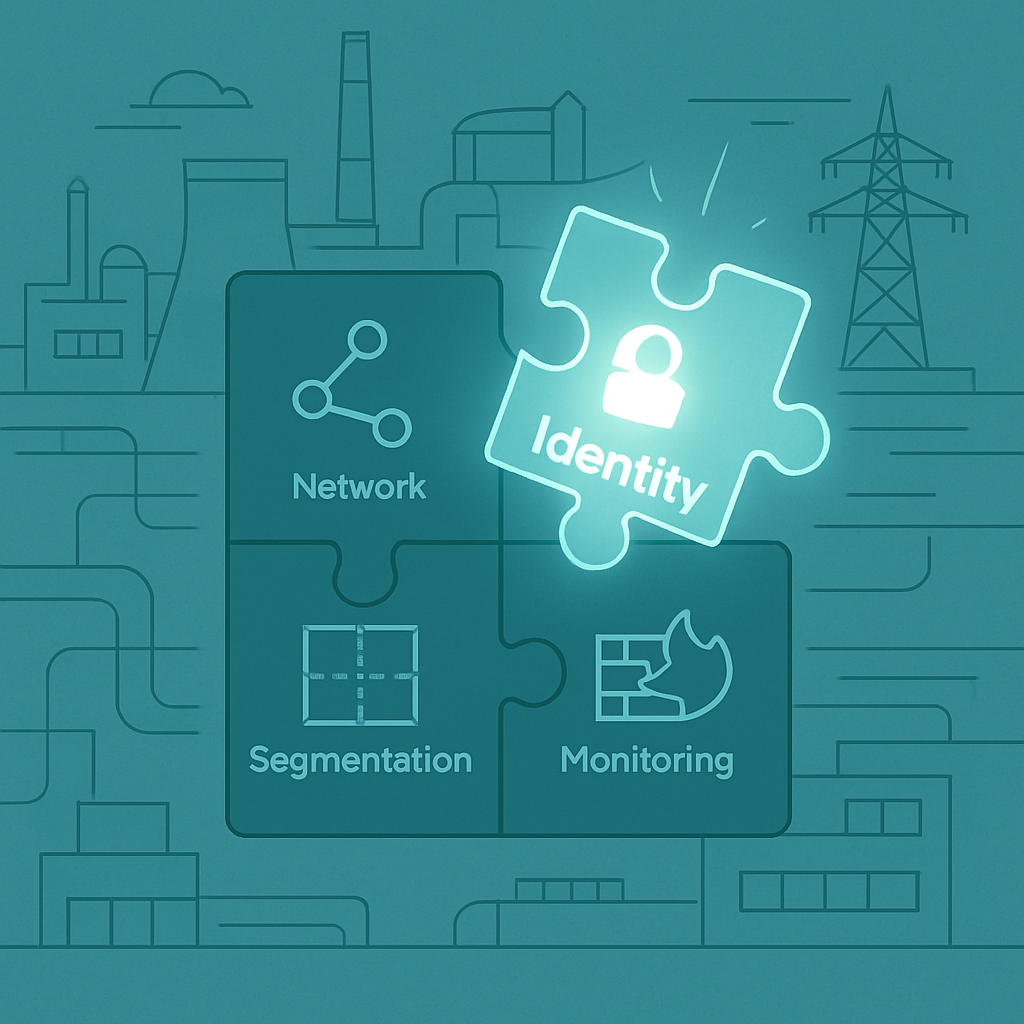Navigating the Evolution of Authentication from Past to Present

In the dynamic landscape of cybersecurity, authentication serves as a crucial barrier against unauthorized access and data breaches. From the early days of passwords to the emergence of multifactor authentication and biometrics, the journey of authentication methods has been defined by innovation, challenges, and a relentless pursuit of heightened security.
Evolution of Authentication Methods
As technological advancements continue to reshape the digital landscape, the need for robust authentication methods has become increasingly apparent. From the early days of basic password systems to the more sophisticated multifactor authentication solutions of today, the evolution of authentication methods has been driven by the constant pursuit of stronger security measures and enhanced user experiences. This evolution reflects not only the advancements in technology but also the ever-changing threat landscape that organizations must navigate to protect their valuable assets and sensitive information.
Passwords and PINs: The Foundation
Traditionally, passwords and Personal Identification Numbers (PINs) have been the cornerstone of user authentication. However, their reliance on static credentials has left them susceptible to cyber threats such as brute force attacks, phishing, and credential stuffing.
Biometric-Based Authentication: Security Meets Convenience
A significant milestone in authentication technology came with the introduction of biometric-based authentication. By harnessing unique biological traits like fingerprints, facial features, or iris patterns, organizations revolutionized authentication methods. Biometric authentication not only significantly reduces the risk of unauthorized access but also eliminates the need for users to remember complex passwords or PINs, streamlining the authentication process while enhancing overall usability.
Token-Based Authentication: Overcoming Adoption Challenges
Token-based authentication emerged as a significant development, offering users a secondary form of verification beyond passwords. Whether hardware or software-based, these tokens generated time-sensitive codes. However, adoption faced challenges due to cost and implementation hurdles.
Challenge-Response Mechanisms: Balancing Security and Usability
Challenge-response authentication mechanisms gained traction by requiring users to respond to dynamic system-generated challenges. Despite their enhanced security, these methods often struggled with usability issues and susceptibility to social engineering attacks.
Risk-Based Authentication: Adapting in Real-Time
Another promising approach, risk-based authentication, analyzed contextual factors to adapt security measures dynamically. However, its effectiveness depended on accurate risk assessment algorithms and comprehensive user data availability.
Multi-Factor Authentication (MFA): Strengthening Security Layers
Recognizing the limitations of passwords, the industry embraced Multi-Factor Authentication (MFA) to bolster security. By requiring additional forms of verification like SMS codes, biometrics, or hardware tokens, MFA added an extra layer of protection against unauthorized access.
The Rise of OTAC: Dynamic and Secure
One-Time Authentication Codes (OTAC) marked a significant advancement by providing unique codes for each login attempt. Unlike static passwords, OTAC codes are unique and time-sensitive, reducing the risk of credential theft and replay attacks. Initially used in high-security environments, OTAC has gained traction as a user-friendly and effective authentication solution across various industries.
Challenges in Authentication Technology

Achieving a balance between usability and security remains a constant challenge in authentication. Robust security measures are essential for safeguarding sensitive information but often come at the expense of user convenience. Innovations are needed to streamline the authentication process without compromising security standards.
- Scalability and Interoperability: As businesses expand digitally, the scalability and interoperability of authentication solutions become paramount. Scalability ensures systems can handle increasing user loads without sacrificing performance, while interoperability enables seamless user experiences across multiple platforms and devices.
- Addressing Emerging Threats: Continuous vigilance is required to stay ahead of evolving cyber threats, from phishing attacks to malware targeting authentication mechanisms. Proactive measures, including regular updates and robust security protocols, are essential to mitigate risks effectively.
- Enhancing Authentication Technology: In the ever-evolving digital landscape, robust authentication technology is indispensable for safeguarding sensitive data and protecting user privacy. Embracing biometrics and implementing innovative solutions like OTAC enhances security while improving user experience. Adhering to standards and best practices, along with continuous innovation and adaptation, ensures authentication systems remain resilient against emerging threats.
The Ongoing Evolution of Authentication

The journey of authentication methods from passwords to multifactor authentication and beyond reflects a continuous quest for heightened security in the digital age. While significant strides have been made to enhance authentication technology, the landscape continues to evolve as new challenges emerge and technological advancements reshape the cybersecurity landscape.
With the proliferation of connected devices and the increasing digitization of industries, the need for robust authentication measures has never been more pressing. Organizations face the challenge of protecting sensitive data and digital assets against a growing array of cyber threats, ranging from sophisticated phishing attacks to ransomware and insider threats.
In response to these challenges, authentication technology must continue to innovate and adapt to evolving threats and user expectations. Integration of advanced technologies such as artificial intelligence and machine learning holds promise for enhancing threat detection and response capabilities, enabling organizations to identify and mitigate risks in real-time.
Furthermore, the exploration of decentralized identity solutions presents an opportunity to empower individuals with greater control over their digital identities while enhancing privacy and security. By leveraging blockchain technology and decentralized authentication protocols, organizations can reduce reliance on centralized identity providers and enhance resilience against identity theft and unauthorized access.
Moreover, collaboration and information sharing among industry stakeholders are essential for staying ahead of emerging threats and vulnerabilities. By fostering a culture of collaboration and knowledge exchange, organizations can leverage collective expertise to address common challenges and enhance the effectiveness of authentication measures.
In conclusion, the evolution of authentication technology is an ongoing journey characterized by innovation, collaboration, and adaptation. By embracing emerging technologies, standards, and best practices, organizations can ensure the ongoing security of their authentication systems and safeguard their digital assets in an increasingly interconnected world.
--------------------

swIDch will continue its quest to innovate and pioneer next-generation authentication solutions. To stay up-to-date with the latest trends sign up to our newsletter and check out our latest solutions.

The OT and critical infrastructure incidents we witnessed throughout 2025 showed, with unusual clarity, where attackers

2025 was marked by a series of real-world OT and infrastructure incidents across Europe and North America. A dam gate

Even after a year filled with operational technology (OT) security investments, audits, and framework updates, one
Looking to stay up-to-date with our latest news?